The newly inducted Rafale fighter aircraft featured for the first time in India's Republic Day flypast as it carried out the 'Brahmastra' formation alone and was part of the 'Eklavya' formation with four other fighter jets.
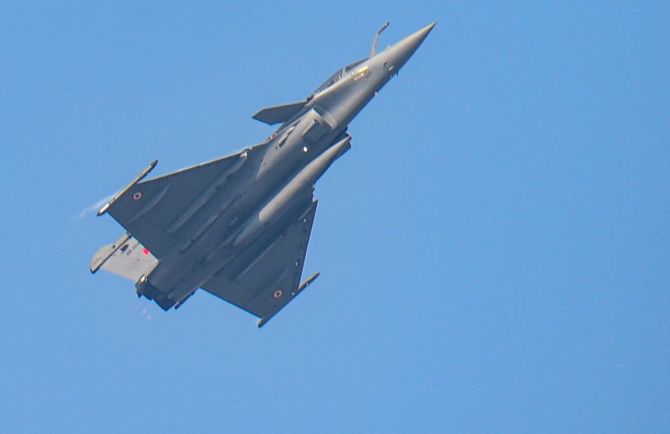
The fighter jet conducted Eklavya formation by flying at a height of around 300 meter along with two Jagaur and two MIG-29 aircraft. The five jets resembled a V shape with Rafale leading the pack.
The 25,000 strong audience was able to see Rafale fighter jet again when it culminated the flypast by conducting the Brahmastra formation wherein it traversed at a low altitude for some distance, then pulled up vertically at 90 degrees and conducted rolls before stabilising at a higher altitude.
In a major boost to India's air power capability, five French-made multirole Rafale fighter jets were inducted into the IAF on September 10 last year.
A total of 38 IAF aircraft and four planes of the Indian Army participated in the flypast on Tuesday.
Goel siblings who came all the way from Yamunanagar, Haryana to attend the ceremonial event, were ecstatic to see Rafale take to the sky at the celebrations for the first time.
"That 'Vertical Charlie' by Rafale at the end was a total show-stopper. It was my first time at a Republic Day, and less crowd actually helped me enjoy the event more. I must admit, Rafale's aerial manoeuvre was just scintillating," said 24-year-old Mayank Goel, an engineer.
His sister Kirti Goel, who attended it for the second time, when asked, what was the most amazing experience from the 2021 Republic Day event at Rajpath, she quipped, "Rafale's aerial stunt".
"I attended it in 2015 for the first time, when US President Barack Obama was the chief guest. That time, I had seen the 'Beast' and this time I saw the fighter jet Rafale, so two amazing experiences," she said.
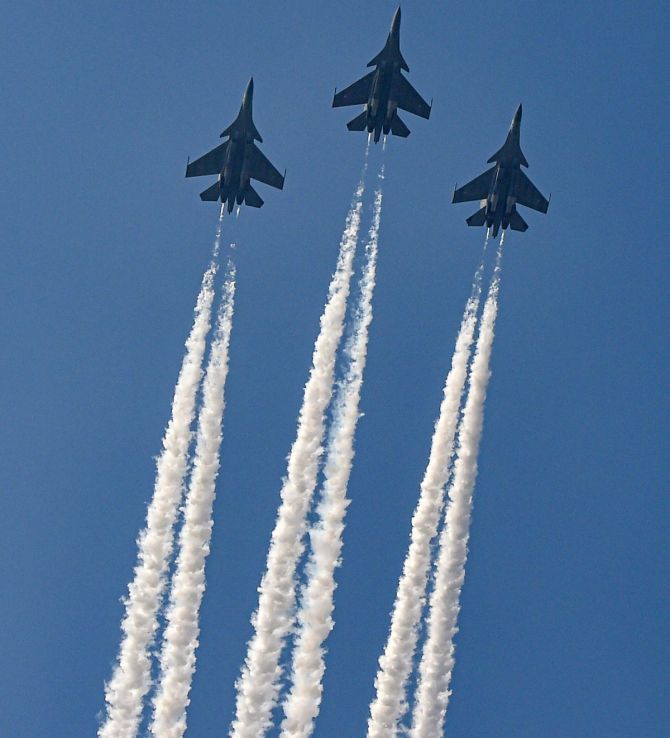
For Kuldeep Sharma, who works in the IT sector, and his wife, Rafale's aerial manoeuvre at the end of the parade was the "most awe-inspiring experience".
As is traditionally the case on Republic Day, flypast was divided into two blocks: the first was along with the parade and the second was after the parade.
In the first block, there were three formations. The first was the 'Nishan' formation comprising of four Mi17V5 aircraft that carried the national flag and logos of all three services.
It was followed by the 'Dhruv' formation by four helicopters of Army Aviation Corps.
The last was the 'Rudra' formation -- comprising a single Dakota aircraft flanked by two Mi17V5 helicopters -- which celebrated the 50th anniversary of the country's victory in the 1971 war.
Dakotas played a major role during that war. On December 16 last year, India launched year-long celebrations of its victory over Pakistan in the 1971 war that led to the creation of Bangladesh.
The second block of the flypast consisted of nine formations.
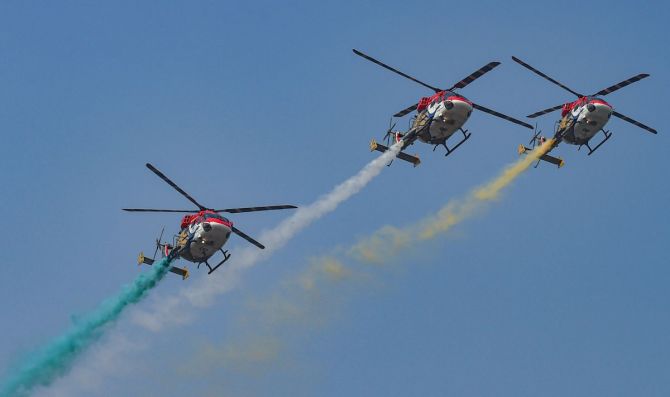
These nine formations were 'Sudarshan', 'Rakshak', 'Bhim', 'Netra', 'Garuda', 'Eklavya', 'Trinetra', 'Vijay' and 'Brahmastra'.
Sudarshan formation had one Chinook and two Mi17V5 helicopters, Rakshak formation comprised one Mi-35 and four Apache helicopters, Bhim formation consisted of three C-130J aircraft and Netra formation comprised indigenously developed early warning and control aircraft Netra flanked by two Sukhoi-30 fighter jets.
Garuda formation had one C-17 Globemaster plane with two MIG-29 and two Sukhoi-30 MKI aircraft. Trinetra formation comprised three Sukhoi-30 MKIs. Vijay formation showcased three advanced light helicopters.
The IAF showcased models of Light Combat Aircraft Tejas and indigenously developed anti-tank guided missile Dhruvastra on its tableaus during the Republic Day parade.
They also showcased scaled-down models of Light Combat Helicopter, Sukhoi-30 MKI fighter jet and Rohini radar on the tableaus.
Indigenously developed next-generation anti-radiation missile Rudram and anti-tank guided missile Dhruvastra were displayed on the LCA and the LCH respectively, on the tableaus.
Sukhoi-30Mki was displayed with indigenously developed Astra and Brahmos missiles at the tableau. Indigenously developed Akash missile was displayed along with the Rohini radar.
The IAF's marching contingent at the parade consisted of four officers and 96 soldiers marching in a box formation of 12 rows and eight columns.
The marching contingent was led by Flight Lieutenant Tanik Sharma and three supernumerary officers -- Flight Lieutenant Manjeet Singh, Flight Lieutenant Apoorva Yadav and Flying Officer Kuttapa.





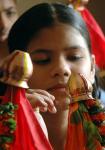



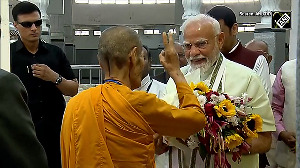
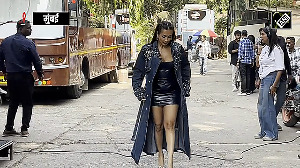
 © 2025
© 2025